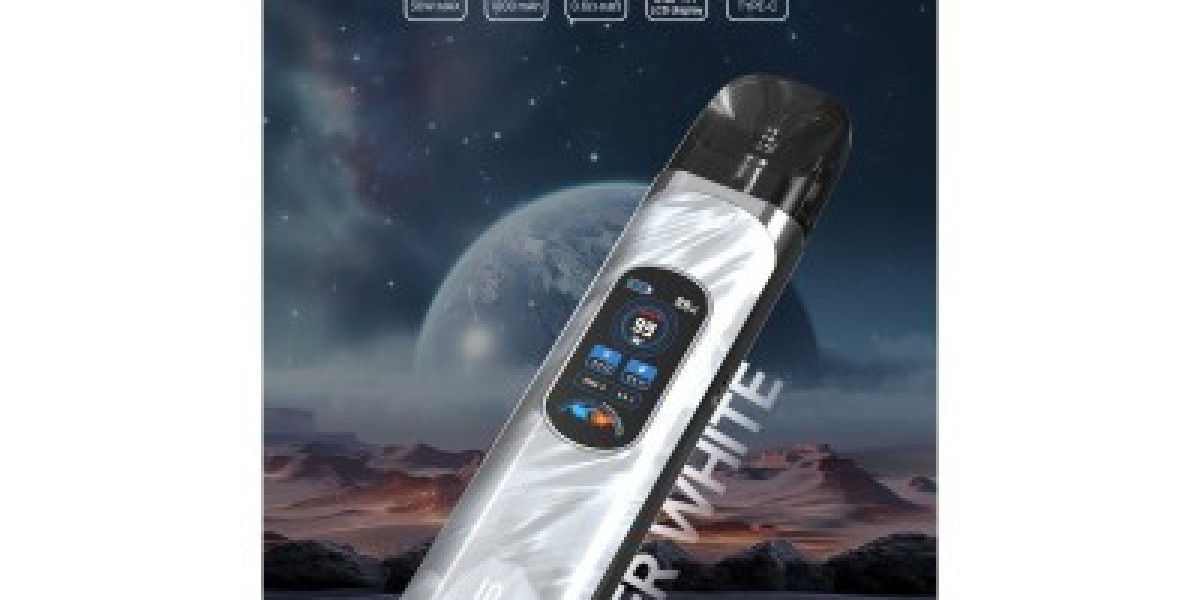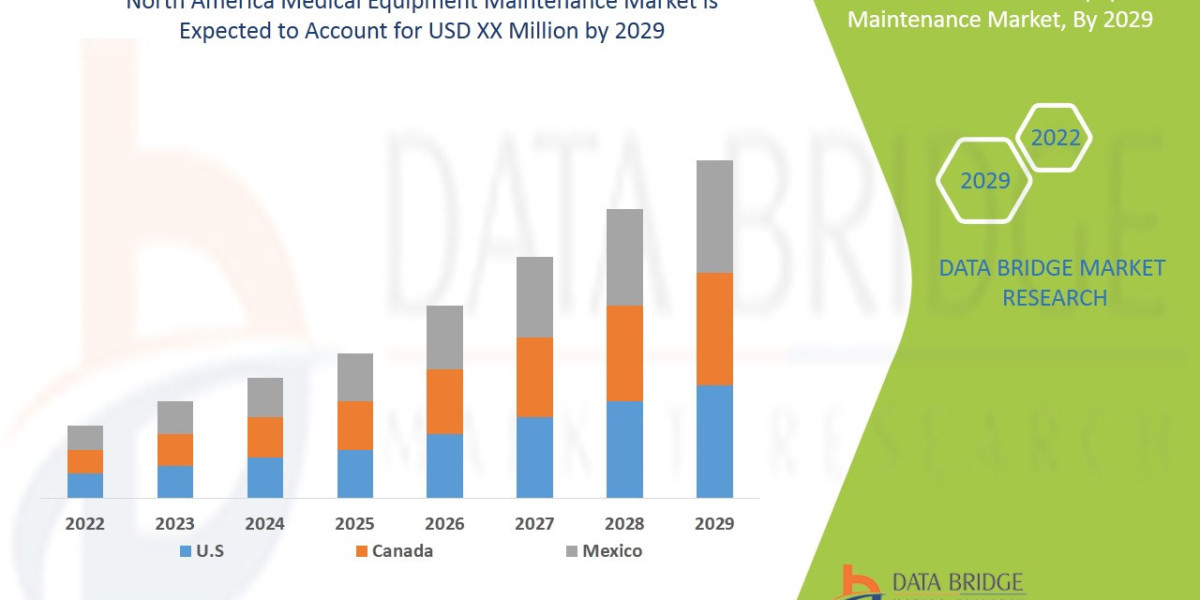Ultrafast Laser: Enabling Precision in the Fastest Timeframe
Introduction
Ultrafast lasers emit light pulses with durations in the femtosecond (10⁻¹⁵ seconds) to picosecond (10⁻¹² seconds) range. These lasers are known for their ability to process materials and perform scientific tasks with extreme precision, minimal heat impact, and ultrahigh resolution. As a result, they have become indispensable tools in fields ranging from industrial manufacturing and medical diagnostics to academic research and telecommunications.
Ultrafast Laser Market Size was valued at USD 1.3 billion in 2021. The ultrafast laser market industry is projected to grow from USD 1.5 billion in 2022 to USD 4.6 billion by 2030, exhibiting a compound annual growth rate (CAGR) of 17.00% during the forecast period (2022 - 2030).
Key Features of Ultrafast Lasers
1. Extremely Short Pulse Durations
Shorter pulse widths minimize thermal effects, allowing for "cold" material processing and avoiding damage to surrounding areas.
2. High Peak Power
Despite low average power, the peak power of ultrafast lasers is extremely high, making them effective for nonlinear optical processes and precision ablation.
3. Minimal Heat Affected Zone (HAZ)
The short interaction time reduces thermal diffusion, enabling high-quality micromachining and biomedical applications.
4. High Precision and Accuracy
They offer micron to sub-micron-level accuracy, essential for tasks in nanofabrication and microsurgery.
Market Segments for Ultrafast Lasers
By Laser Type
- Fiber Lasers
- Diode-Pumped Solid-State Lasers (DPSSL)
- Mode-Locked Lasers
- Ti:Sapphire Lasers
By Pulse Duration
- Femtosecond Lasers
- Picosecond Lasers
By Application
- Medical and Surgical (LASIK, tissue ablation)
- Industrial Micromachining (drilling, cutting, engraving)
- Scientific Research (spectroscopy, ultrafast dynamics)
- Semiconductors and Electronics (wafer scribing, OLED displays)
- Defense and Aerospace (LIDAR, targeting systems)
By End-Use Industry
- Healthcare
- Manufacturing
- Telecommunications
- Academia and Research
- Defense and Security
Applications and Use Cases
Medical Field
Ultrafast lasers are used for precise surgeries like corneal correction (e.g., LASIK), cancer cell destruction, and advanced imaging techniques.
Microelectronics and Photonics
They enable clean and accurate patterning, drilling, and trimming of micro-scale features on semiconductors and photonic devices.
Material Processing
Industries use ultrafast lasers for drilling holes in tough materials, cutting brittle substrates like glass, and engraving intricate patterns.
Scientific Research
Used in ultrafast spectroscopy, pump-probe experiments, and studying molecular dynamics on femtosecond timescales.
Advantages of Ultrafast Lasers
- Minimized Thermal Effects
- High-Quality Surface Finishes
- Contactless and Non-Destructive Processing
- Compatibility with a Wide Range of Materials
- Enabling Next-Gen Technologies like Quantum Computing
Challenges and Limitations
- High Initial Cost
- Complex System Integration
- Maintenance Requirements
- Limited Adoption in Cost-Sensitive Industries
Future Trends
- Integration with AI and Robotics for Smart Manufacturing
- Portable and Compact Ultrafast Laser Systems
- Increased Adoption in Medical Diagnostics
- Advancements in Ultrafast Fiber Lasers for Telecom and Sensing
- Role in Quantum Optics and Next-Gen Computing
Get Related Reports:








